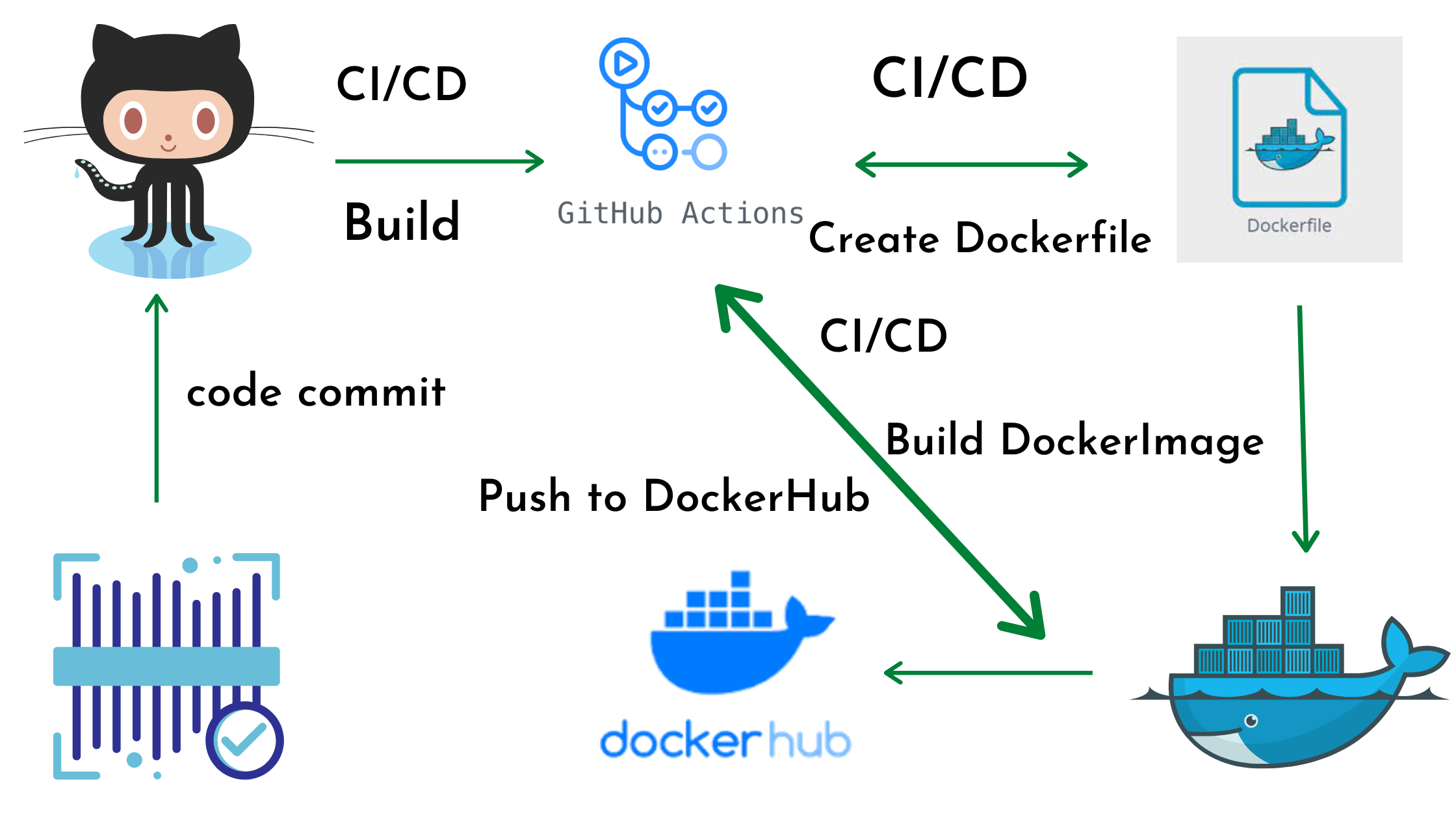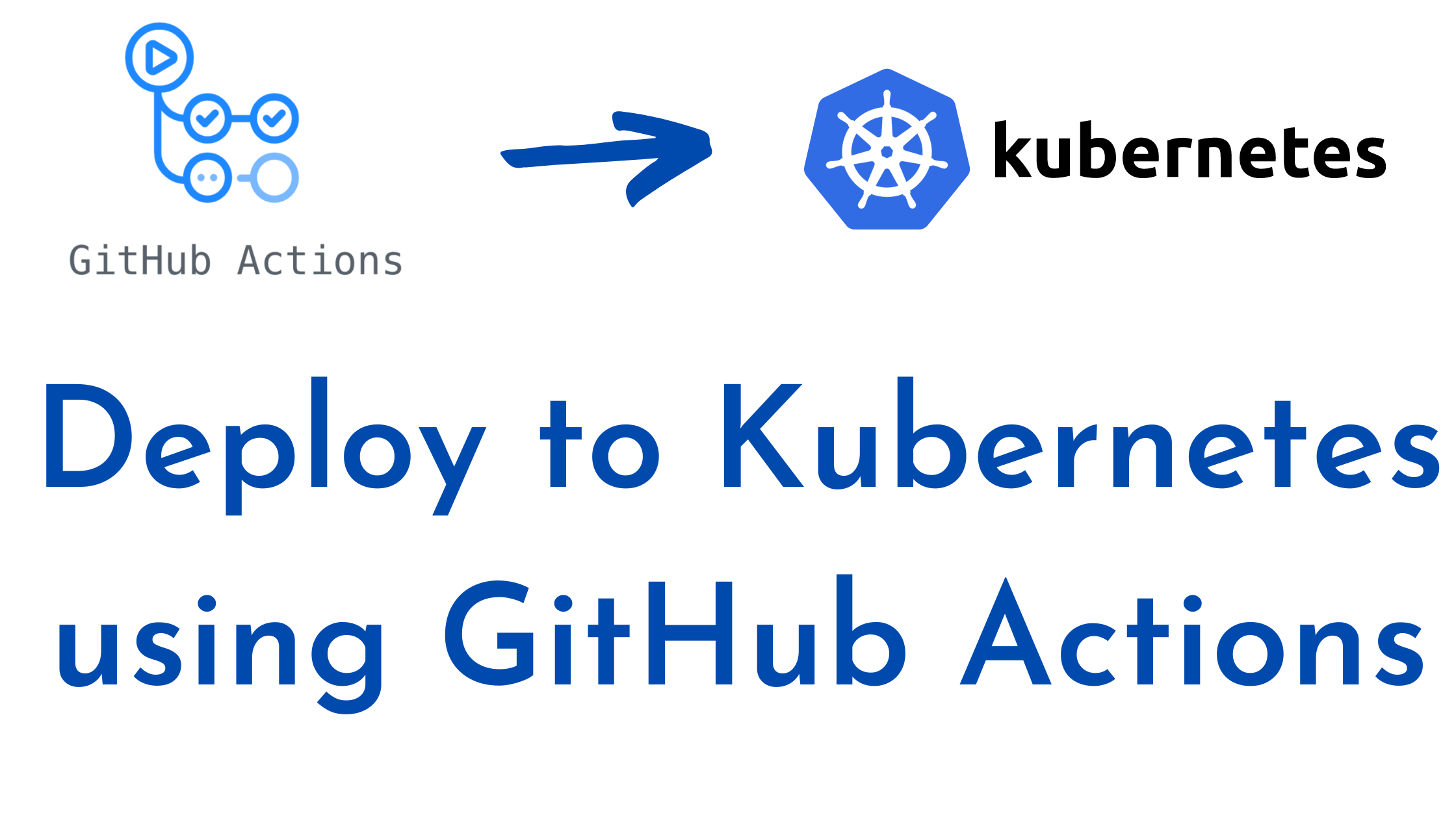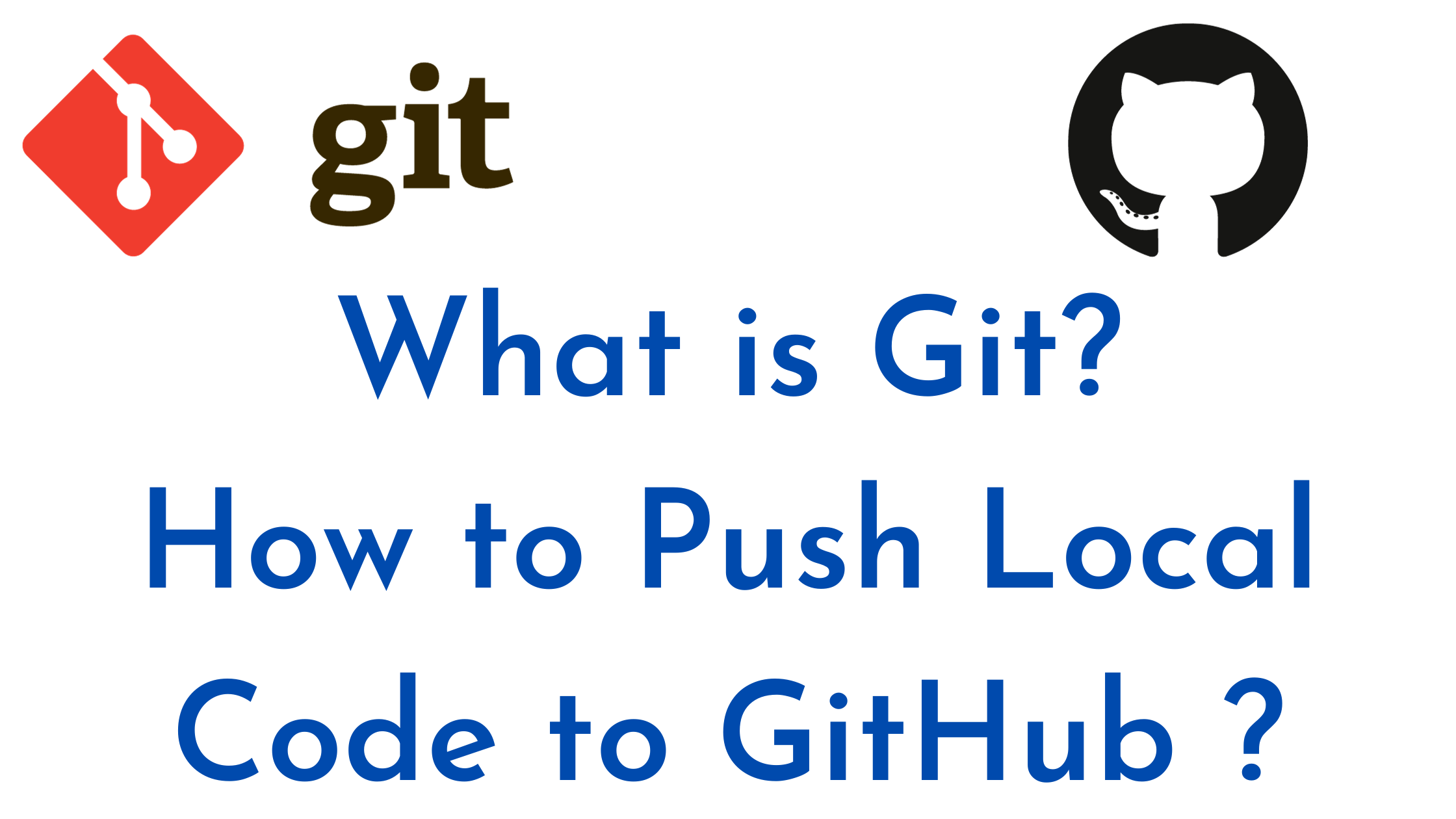Module 1: Introduction to Git and GitHub
- 1.1 Overview of Version Control Systems (VCS)
- Definition and Importance
- Types of VCS: Centralized vs. Distributed
- 1.2 Introduction to Git
- What is Git?
- History and Evolution of Git
- Key Features and Advantages of Git
- 1.3 Introduction to GitHub
- What is GitHub?
- GitHub vs. Other Git Hosting Platforms
- Key Features and Benefits of GitHub
Module 2: Git Basics
- 2.1 Setting Up Git
- Installing Git on Various Operating Systems
- Initial Configuration (
git config) - 2.2 Basic Git Commands
- Initializing a Repository (
git init) - Cloning a Repository (
git clone) - Staging and Committing Changes (
git add,git commit) - Viewing Status (
git status) - 2.3 Navigating Git Repositories
- Understanding the Working Directory, Staging Area, and Repository
- Viewing Commit History (
git log) - Viewing Differences (
git diff)
Module 3: Working with Branches
- 3.1 Introduction to Branching
- What are Branches?
- Creating and Switching Branches (
git branch,git checkout) - 3.2 Merging Branches
- Merging Changes (
git merge) - Handling Merge Conflicts
- 3.3 Advanced Branching
- Fast-Forward and Non-Fast-Forward Merges
- Rebasing (
git rebase)
Module 4: Advanced Git Techniques
- 4.1 Tagging in Git
- Creating Tags (
git tag) - Annotated vs. Lightweight Tags
- 4.2 Undoing Changes
- Amending Commits (
git commit --amend) - Reverting Commits (
git revert) - Resetting (
git reset) - 4.3 Working with Remote Repositories
- Adding and Fetching Remotes (
git remote) - Pulling and Pushing Changes (
git pull,git push) - Tracking Branches
Module 5: Introduction to GitHub
- 5.1 Setting Up GitHub
- Creating a GitHub Account
- Setting Up SSH Keys for Authentication
- 5.2 Working with GitHub Repositories
- Creating a Repository
- Forking Repositories
- Cloning from GitHub
- Collaborating with Pull Requests
Module 6: GitHub Collaboration and Workflow
- 6.1 Pull Requests
- Creating and Submitting a Pull Request
- Reviewing and Merging Pull Requests
- 6.2 Managing Issues
- Creating and Assigning Issues
- Using Labels and Milestones
- Closing Issues and Linking to Pull Requests
- 6.3 GitHub Projects
- Setting Up Project Boards
- Managing Tasks and Workflow
Module 7: Advanced GitHub Features
- 7.1 GitHub Actions
- Introduction to GitHub Actions
- Creating and Managing Workflows
- Automating CI/CD Pipelines
- 7.2 GitHub Pages
- Hosting Static Websites with GitHub Pages
- Configuring Custom Domains
- 7.3 GitHub Security and Best Practices
- Managing Repository Access and Permissions
- Setting Up Branch Protection Rules
- Using GitHub Secrets and Security Features
Module 8: Best Practices and Advanced Concepts
- 8.1 Git Workflow Strategies
- Git Flow, GitHub Flow, and Trunk-Based Development
- Choosing the Right Workflow
- 8.2 Handling Large Repositories and Files
- Using Git LFS (Large File Storage)
- Optimizing Repository Performance
- 8.3 Automation and Integration
- Integrating GitHub with Third-Party Tools
- Using GitHub API for Automation
Module 9: Real-World Applications and Project
- 9.1 Real-World Project
- Planning and Structuring a GitHub Repository
- Implementing a Full GitHub Workflow
- Collaborating and Managing Contributions
- 9.2 Final Assessment and Project Review
- Project Submission and Code Review
- Feedback and Best Practices
Module 10: Conclusion and Next Steps
- 10.1 Recap of Key Concepts
- 10.2 Additional Resources for Learning
- Recommended Books, Tutorials, and Courses
- 10.3 Final Q&A and Course Wrap-Up
This syllabus is designed to guide learners from the basics of Git and GitHub to more advanced concepts and real-world applications, ensuring a comprehensive understanding of both tools.



